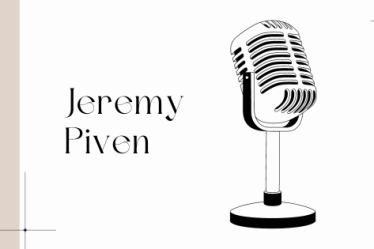
Patents are not available for ideas or concepts. You must have a working model of the invention to be able to obtain a patent.
The best way to know if you can patent an invention idea is to consult a patent attorney or a patent agency like Invent Help. They will review your idea and determine whether it is possible to obtain a patent on your invention idea.
In order to be eligible for a patent, an invention must be new (novelty) and non-obvious (non-obviousness). This means that no one else has thought of this invention before and that it is not obvious to someone skilled in the art (a person who is knowledgeable about a particular field).
The United States Patent and Trademark Office (USPTO) has specific rules on how to patent an invention idea. The inventor must disclose all the details of the invention in a written document called an application for patent, which is filed with the USPTO.
In order to get a patent, the inventor must submit an application with the USPTO. The application will include drawings of the invention, detailed descriptions of how it works and any scientific data supporting its usefulness. If the application meets the USPTO’s requirements, a patent will be granted.

The process of applying for a patent can be complicated and time-consuming. An patenting agency, such as InventHelp may be needed to help draft an application that meets USPTO standards and provides adequate protection for the invention.
The length of time it takes to get a patent varies from case to case. It can take anywhere from a few months to several years.
The first step to patenting an invention is to file a provisional application. A provisional application does not require the same level of detail as a non-provisional application, but it does establish your right to claim the invention and helps you determine its market value. Once you have completed research and development on your product, filed a provisional patent application and verified its validity, you can apply for a non-provisional patent.
The non-provisional application requires in-depth research and documentation of your invention. You must also provide a detailed description of the product and its functions, as well as include drawings if applicable.
Conclusion
Patent applications are one of the most valuable assets an inventor can have. Having a patent on your product gives you the right to profit from its production and distribution, as well as provides protection. By completing the proper research and development steps before filing for a patent, you can ensure that your application is successful.


